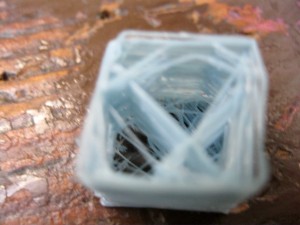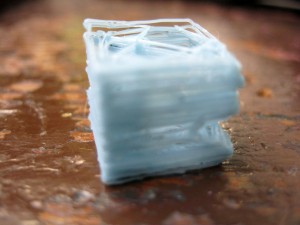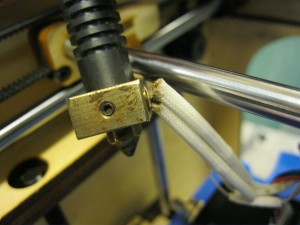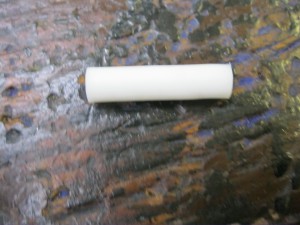So next week we will be presenting to a visiting class from an elementary school. We will be giving a presentation to them about what other than, 3D Printers! There’s a twist to this presentation though, since these students are in the French immersion program part of it (if not all) will be in French. This shouldn’t be too hard for us as our French is not half bad, we will definitely need to brush up on it though (not to mention translating the presentation into French).
Since our main printer is currently down, we will be working on it tomorrow morning to try and get it running for this presentation next week. We have the new nozzle since our other one go clogged and hasn’t been performing very well. All we have to do is figure out a nice and easy way to install it so that we don’t have to rebuild part of the printer. If you haven’t seen our post on the process we used to clear our plugged nozzle, you might want to check it out for some context.
Hopefully everything works out and we fix everything in time for this presentation for these young students so that we can show them a new and developing technology, which might be very present sometime in their futures.






